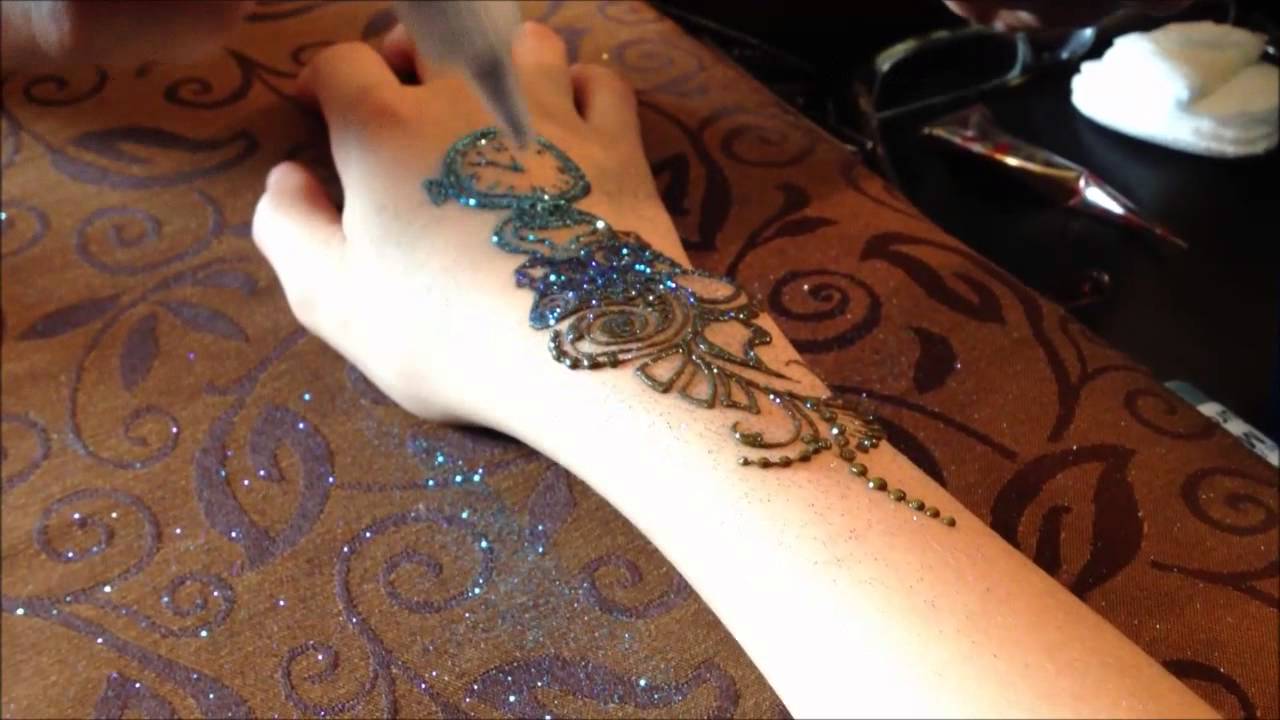How to mix henna for body art is a question that many people have asked at one time or another. There is much symbolism in the tradition of using henna to color the skin. Henna was traditionally used to dye fabrics, but also used on the skin to decorate and even protect them from injuries and to increase their longevity. So now, we want to know how to mix henna for body art so that we too can enjoy the tradition for ourselves.
The most important ingredient when you want to know how to mix henna for body art is henna oil. You want the oil to be thick, sticky, and not runny. Henna is made from the leaves and stems of the henna plant. Mixing the henna with water should yield about a cup of thick paste.
It will take about an hour or so to make the paste. Once the henna paste is done it can be applied to any area of the body that you wish. To begin, you will need a plastic container in which to store the henna paste while you learn how to mix henna for body art. Keep the henna in a cool, dry place so that it does not get watered down.
Next, you will need a bottle spray bottle in which to spray the paste on the skin. Henna can be very strong and it may burn the skin if it is sprayed on the skin too thickly. A thin line of paste will be sufficient on normal skin, but you can increase the line to create more of a colorful design if you wish.
You can use your fingers to create patterns with the henna. Once the henna is dried, you can apply the design to any area of your body. If you wish, you can even dye the henna in any color that you wish. This type of body art is very popular among women who wear traditional Indian outfits.
In order to show this form of body art off to its best effect, you should ensure that the henna that you use has been processed properly. A natural henna paste will have most of its ingredients removed during the manufacturing process. These ingredients are vital to the success of the henna. The finished product will look much different when the henna paste has been processed properly.
Another factor that makes body art much more attractive is the fact that many people are willing to purchase henna products at reasonable prices. You can get a variety of designs from the Internet. You may have to experiment with the spray and the colors to find the ones that work best on your skin.
When you are learning how to mix henna for body art, it is important to know the proper way of applying the mixture. Henna tattoos usually dry out after a few hours. If they are not properly dried, they may separate from the skin, creating an unsightly seam. To avoid this problem, you should thoroughly dry the henna paste before applying it to the skin.
Once you know how to apply the henna correctly, you may want to try out a couple of body arts. You may decide to try one or two to see which one is the most appealing to you. There are also designs available in traditional Indian prints. Some henna artists specialize in hand painted designs, which are extremely beautiful.
When you are learning how to mix henna for body art, you should be very careful about what product you use. There are some oils that are very harsh, and others that can cause irritation. Be sure to read the labels carefully. If you have sensitive skin, you should only use pure henna oil. Try to select natural products that don’t contain any petroleum, alcohol or dyes. Henna can irritate your skin if you are allergic to it.
If you are planning on how to mix henna for body art that will be tattooed, you will probably want to get a henna stencil for the design. This will ensure that the design will stay in place all through the tattooing process. The henna stencil is basically a temporary covering that is applied to the skin so that the henna will still remain in place during the tattooing process.
It is important to remove the henna stencil once the tattoo has been applied to your body. Once it becomes watery, it can easily rub off. Henna tattoos are fairly permanent, so it is important to use them properly. They may even have to be removed periodically as your skin grows. Whether you choose to use traditional henna colors for your body art or experiment with the different types of henna, you will enjoy the wonderful results.
